In 2017, tennis champ Serena Williams gave birth to her daughter, Olympia, with her husband Alexis Ohanian by her side.
The star has been open about the life-threatening medical complications that she faced after childbirth, which forced her to have four back-to-back surgeries in the space of a week.
Serena suffered several blood clots that could have killed her if she did not receive immediate treatment, but she has now revealed that she had to advocate for herself after medical staffers dismissed her concerns.
In a new essay for Elle, Serena said that she was forced to save her own life as she drew attention to the fact that “Black women are nearly three times more likely to die during or after childbirth than their white counterparts” in the United States.
Instagram: @olympiaohanian
In the United Kingdom, Black women are more than four times as likely to die from pregnancy- or childbirth-related causes than white women.
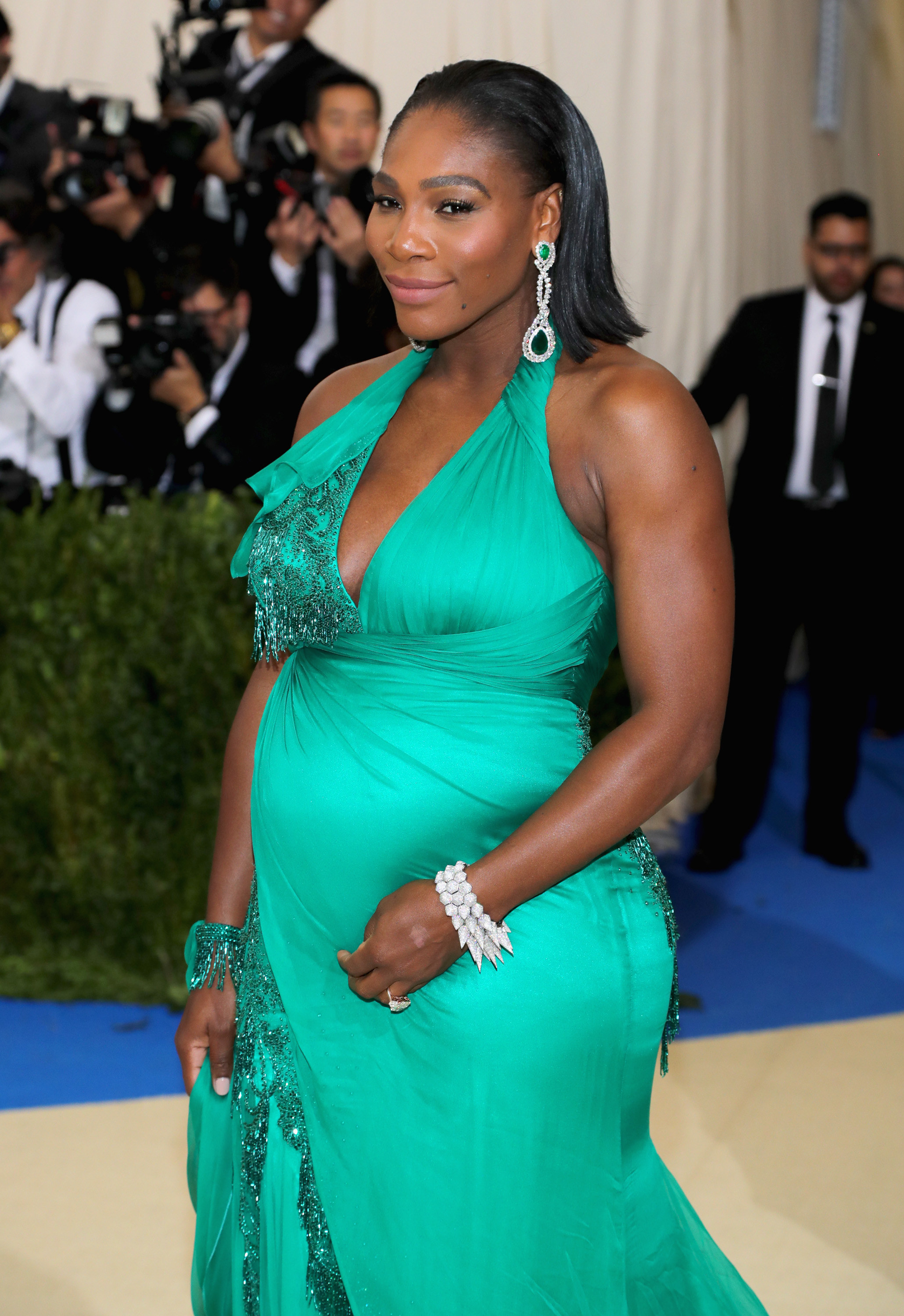
Neilson Barnard / Getty Images
In her new piece, Serena said that giving birth ended up being “a test for how loud and how often I would have to call out before I was finally heard” as she shared concerning details from her time in the hospital.
Instagram: @olympiaohanian
She started by explaining that she’d had a “wonderful pregnancy” and that she was induced on Aug. 31, 2017. She even said that she actively enjoyed “the work of labor.”
“I loved feeling my body trying to push the baby out. I wasn’t on an epidural; to get through it, I was using my breath and all the techniques I’d learned from birth training,” she recalled.

Axelle / FilmMagic
However, when her labor went on into the next day, doctors decided that she should have a C-section as the baby’s heart rate was unstable.
Instagram: @olympiaohanian
“Being an athlete is so often about controlling your body, wielding its power, but it’s also about knowing when to surrender,” Serena wrote. “I was happy and relieved to let go; the energy in the room totally changed. We went from this intense, seemingly endless process to a clear plan for bringing this baby into the world.”

Hannah Peters / Getty Images
Olympia arrived safely — but not long after, Serena began to feel unwell. Having suffered a pulmonary embolism back in 2010, she knew that she should be on a heparin drip as she is at high risk for blood clots.

Aeltc / Pool / AFP via Getty Images
“So much of what happened after that is still a blur,” Serena explained. “I may have passed out a few times. In my haze, I wondered if I should ask someone about my drip. In 2010, I learned I had blood clots in my lungs — clots that, had they not been caught in time, could have killed me.”
Instagram: @serenawilliams
“Ever since then, I’ve lived in fear of them returning. It wasn’t a one-off; I’m at high risk for blood clots. I asked a nurse, ‘When do I start my heparin drip? Shouldn’t I be on that now?’ The response was, ‘Well, we don’t really know if that’s what you need to be on right now.’ No one was really listening to what I was saying,” she added.
Instagram: @serenawilliams
Serena said that the staff were wary of putting her on blood thinners as it could make her C-section bleed, but she “kept pressing” because she “felt it was important.”
Instagram: @serenawilliams
She was already in “excruciating pain” and unable to move due to the surgery. She then began to cough uncontrollably and struggled to breathe.
“I couldn’t breathe. I was coughing because I just couldn’t get enough air. I grabbed a towel, rolled it up, and put it over my incision. Sure enough, I was hacking so hard that my stitches burst. I went into my first surgery after the C-section to get restitched,” she recalled.

Taylor Hill / WireImage
However, it turned out that Serena was coughing due to a clot in her arteries, with doctors later discovering a hematoma — a collection of blood outside the blood vessels — in her abdomen, followed by “even more clots.”
“I felt like I was dying,” Serena admitted in the piece. “All I could think was, ‘I’m dying, I’m dying. Oh my God.’”
Instagram: @serenawilliams
Despite her panic, Serena said that she approached a nurse and told her that she needed to have a bilateral CAT scan of her lungs and be put on a heparin drip, but the nurse replied: “I think all this medicine is making you talk crazy.”
Instagram: @serenawilliams
“I said, ‘No, I’m telling you what I need: I need the scan immediately. And I need it to be done with dye,’” Serena went on. “I guess I said the name of the dye wrong, and she told me I just needed to rest. But I persisted: ‘I’m telling you, this is what I need.’ Finally, the nurse called my doctor, and she listened to me and insisted we check.”

Emilee Chinn / Getty Images
“I fought hard, and I ended up getting the CAT scan,” Serena said. “I’m so grateful to her. Lo and behold, I had a blood clot in my lungs, and they needed to insert a filter into my veins to break up the clot before it reached my heart.”
Her experience has understandably shocked many people, and it has also sparked an important conversation about the medical care that Black people receive — with many pointing out that if a wealthy celebrity with access to top hospitals and doctors could be treated this way, there is far less hope for those with fewer resources.
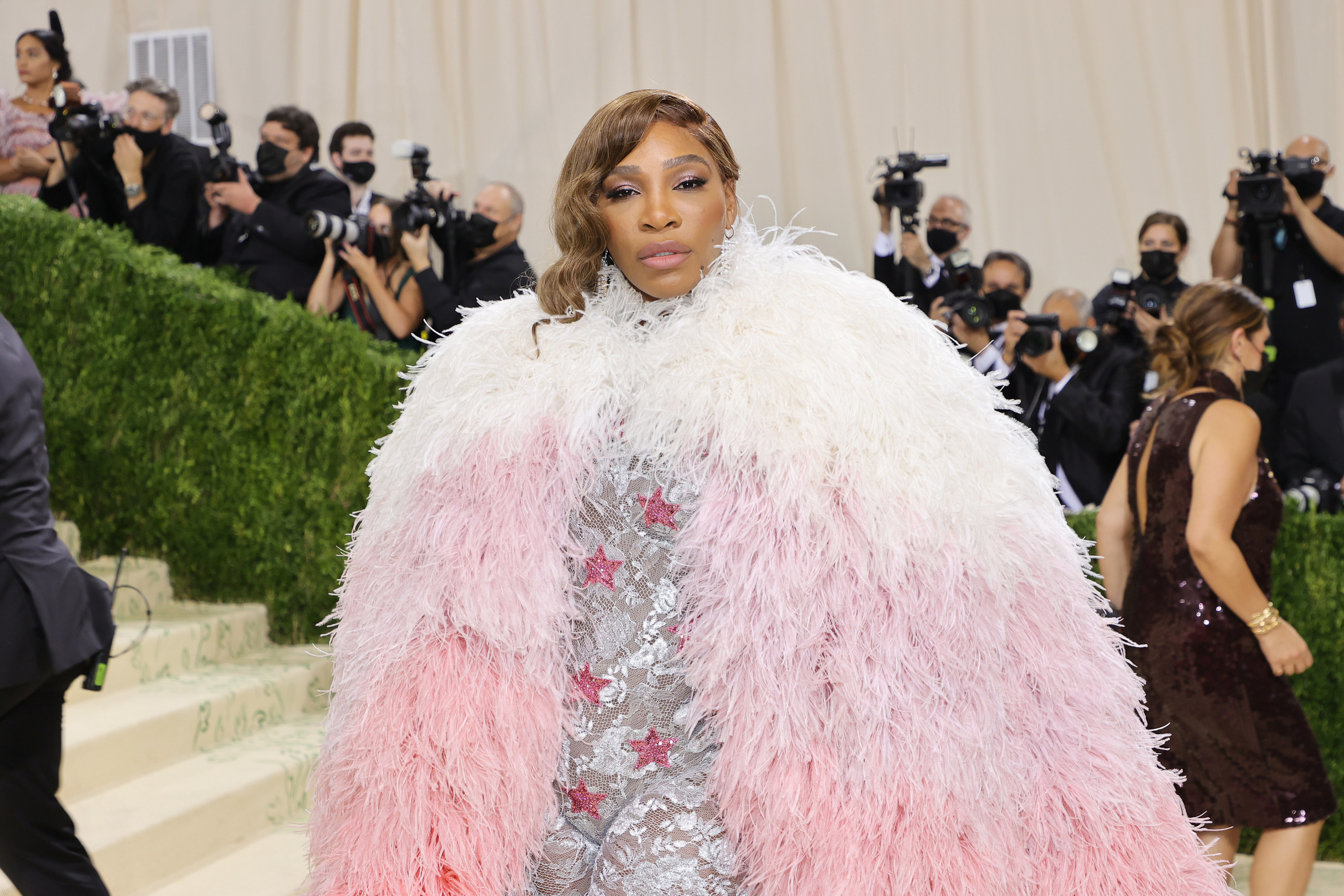
Mike Coppola / Getty Images
“Even one as rich, powerful & famous as @serenawilliams cannot escape the bias, pervasiveness & harms of #MedicalGaslighting as long as they are women, Black, or members of other minoritized, marginalized groups,” cardiologist Sharonne Hayes tweeted.
Twitter: @SharonneHayes
Another medical professional wrote: “Don’t be afraid to speak up – Advice from an RN. Serena’s experience makes my blood boil. This is why maternal mortality is so high for Black Women. This is caused by racism. I have always listened to my patients and highly recommend all medical people do too.”
A third person tweeted: “Doctors didn’t even want to listen to Serena Williams, who is likely more in tune with her body than 99.99% of the population. No wonder Black women suffer from maternal mortality at much higher rates.”
Twitter: @AZ_KDP
As for why there is such a disparity in the way that people of color and white people are treated during pregnancy and childbirth, much of it is thought to stem from “racial bias” as well as class status.

Prostock-studio / Getty Images/iStockphoto
Speaking at a conference in 2019, Dr. Ria Clarke said that Black and Asian women are more likely to be affected by social and economic problems.
“If you have an unsuitable working and living situation, if you live in poor housing, which impacts on health and outcomes, you can see how that might impact on mortality,” she explained.
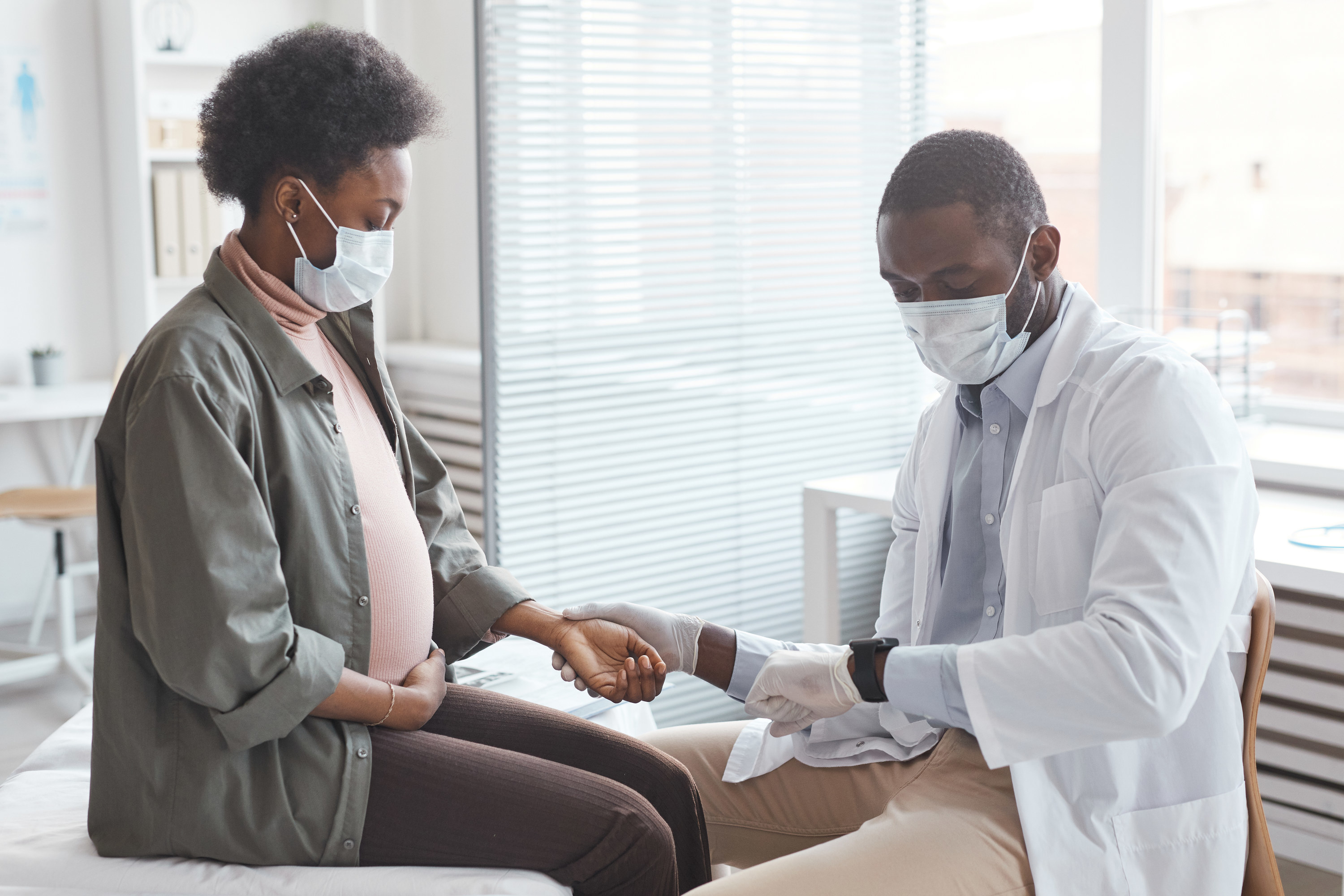
Seventyfour / Getty Images / iStockphoto
“We need to talk about the fact Black women may not feel that they will be taken seriously, which might make them less likely to disclose how they are feeling,” Dr. Clarke said.
“This is urgent because women are dying, and if it’s not racial bias we need to know why [it is happening].”
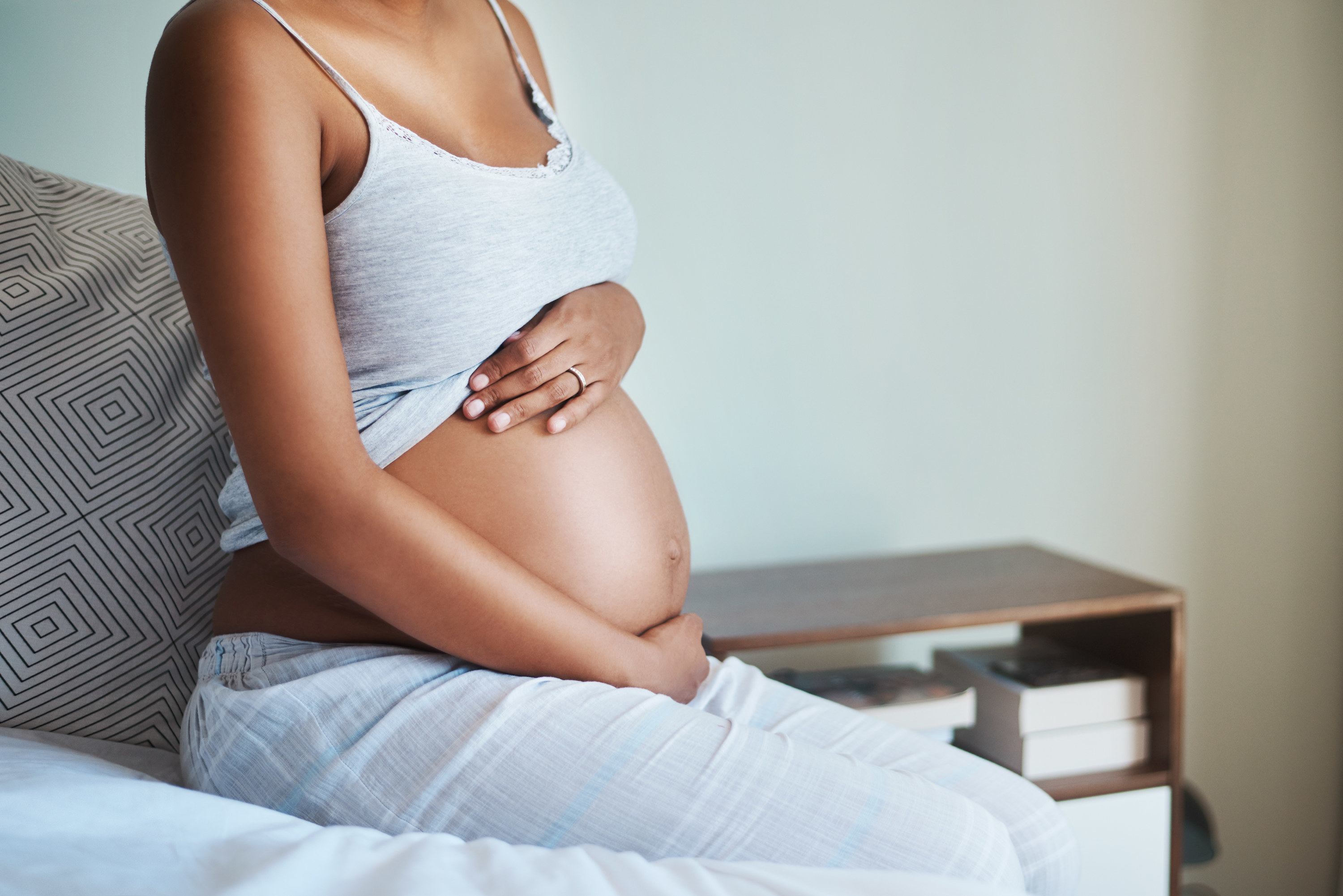
Peopleimages / Getty Images / iStockphoto
Author Candice Brathwaite has also spoken out on the issue, saying that she believes she was a victim of racial bias when she gave birth to her daughter in 2014.
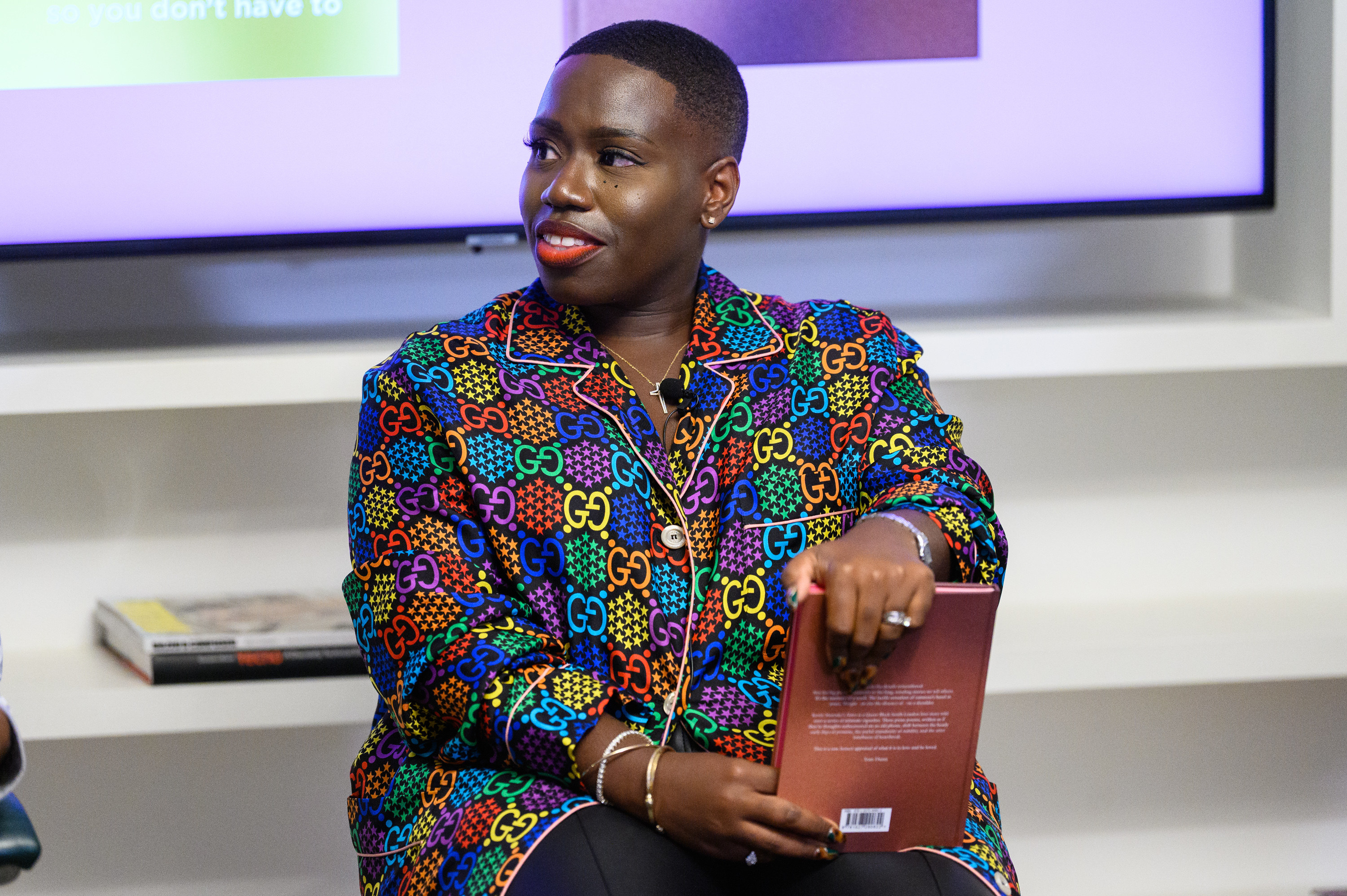
Joe Maher / Getty Images
Candice told the BBC that she was treated differently than her white counterparts, who “seemed to be listened to in more depth and with a sense of empathy.”
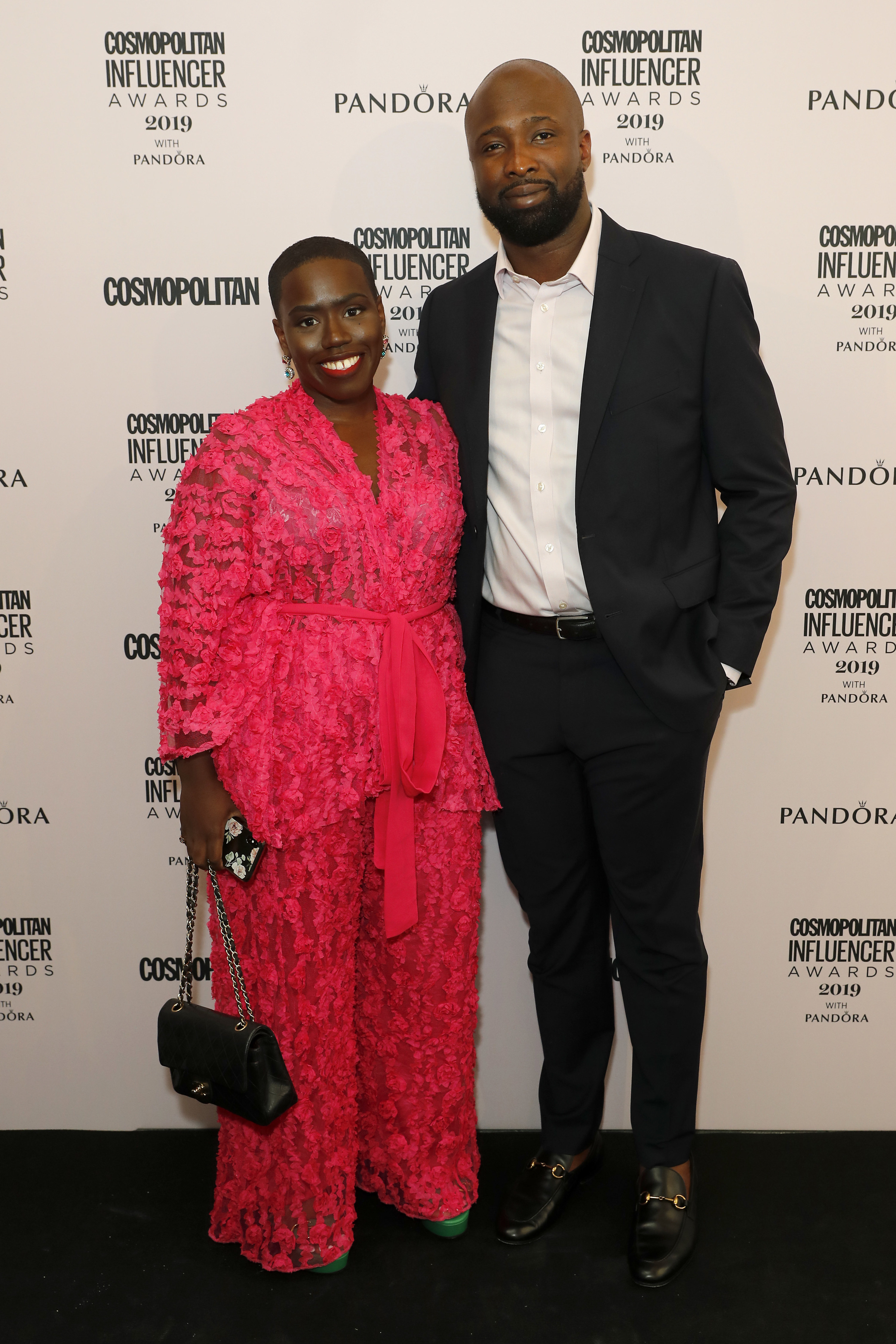
David M. Benett / Dave Benett / Getty Images for Browns
Sharing the response that she received when she told nurses she wasn’t feeling right, Candice said: “I was told, ‘You’re overthinking it, it’s your first kid.” Candice ended up returning to the hospital with septicemia just hours after she was discharged.
“Health trusts need to admit there is racial bias. There needs to be better training so people can say, ‘Am I responding to this person differently, and why is that?’” She said.
And Dr. Ana Langer, the director of the Women and Health Initiative at the Harvard T.H. Chan School of Public Health in Boston, discussed Serena’s treatment in 2019 after the star first opened up about the complications that she’d faced.
Instagram: @serenawilliams
Speaking to the American Heart Association, she said: “Basically, Black women are undervalued. They are not monitored as carefully as white women are. When they do present with symptoms, they are often dismissed.”
Instagram: @serenawilliams
And professor Marian Knight said that pregnant people in general often receive inadequate care as anything that they experience is put down to pregnancy, and added that the unconscious bias toward people of color only makes a bad situation worse.

Delmaine Donson / Getty Images
“Healthcare professionals often attribute their symptoms to pregnancy alone, and they do not always end up getting the treatment they need, because people can be incorrectly concerned about giving them medication,” she explained. “On top of that is the unconscious bias that Black and Asian women can experience. It all adds up.”
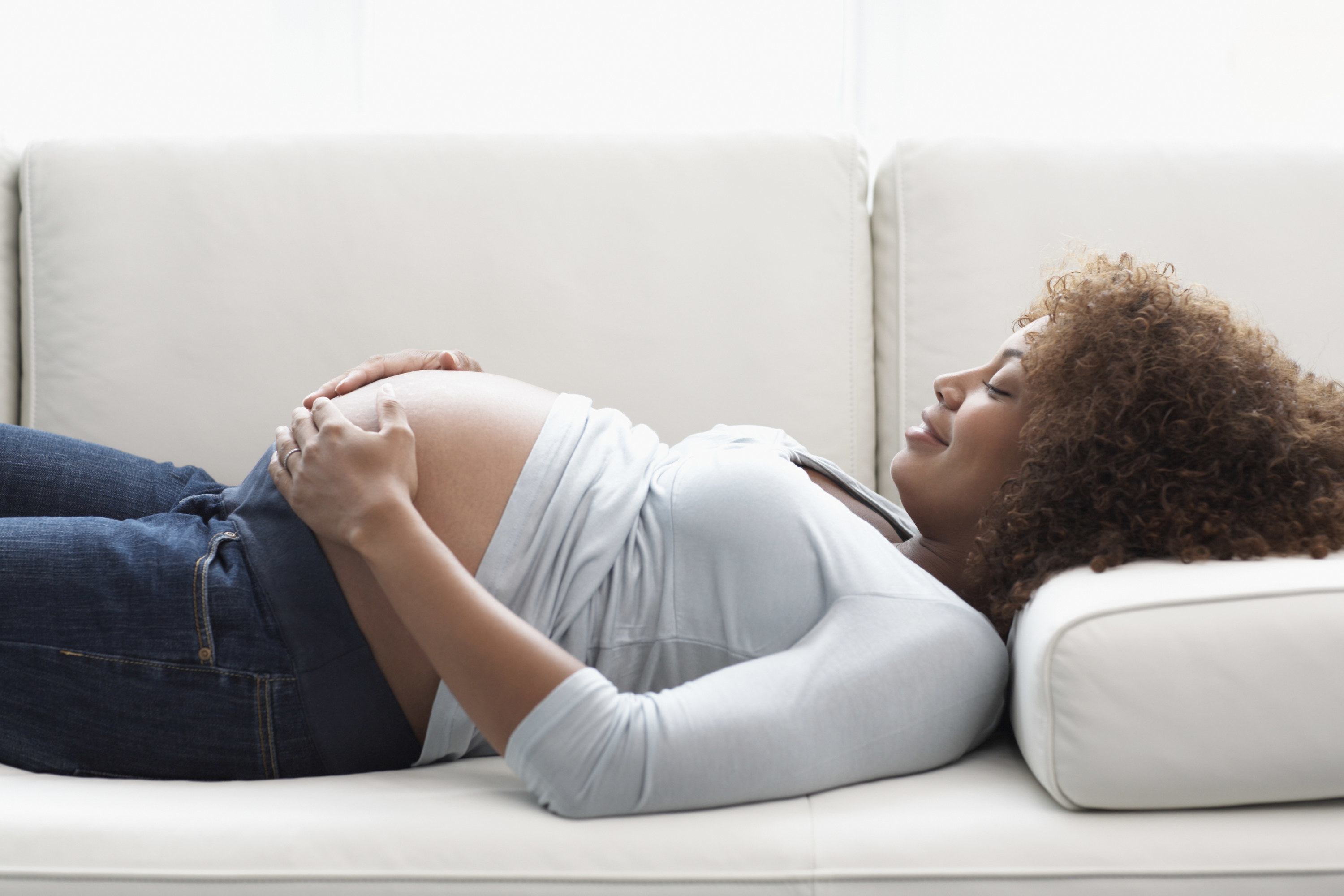
Larry Williams / Getty Images
“We know from other studies that the disparity in death rates cannot be fully explained by socioeconomic factors and other medical conditions, for example. We need to look for other reasons,” she concluded.

Youngoldman / Getty Images / iStockphoto
“Many of these deaths are considered by experts to be preventable,” Serena wrote in her piece for Elle. Advocating for change, she added, “Being heard and appropriately treated was the difference between life or death for me; I know those statistics would be different if the medical establishment listened to every Black woman’s experience.”
Instagram: @serenawilliams





